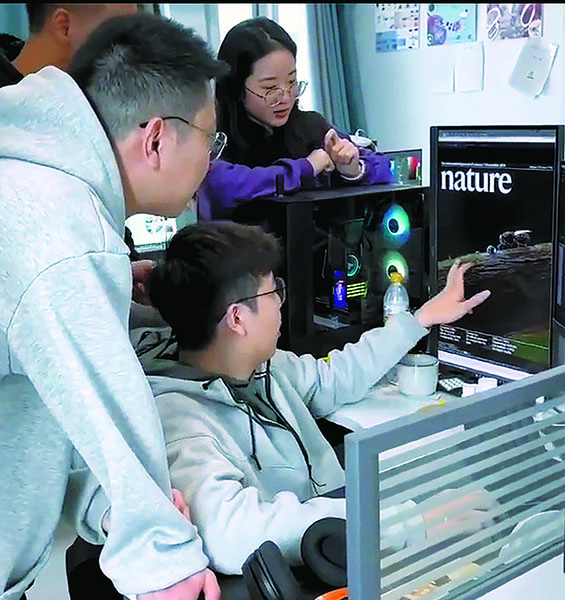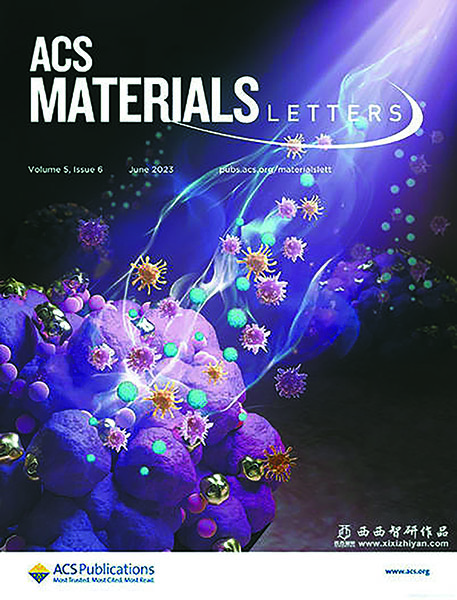

Having a scientific background enables him to understand most of the academic papers he illustrates better.
Now in his 30s, Wang earned his bachelor's degree in pharmaceutical engineering and then completed a master's and PhD in chemistry, all at the Shihezi University in Xinjiang Uygur autonomous region.
"Back then, I often came across an experimental preparation process that I had to explain, but the amount of text was too large and abstract, so I needed to illustrate it," Wang recalls.
As he had been interested in drawing, and related software like Photoshop, he decided to turn his graphics into a fine art.
"I went on to study 3D graphics software, so I could better display the microscopic structures in my field and improve the presentation of my papers," Wang says.
It didn't take long before his classmates and professors noticed his talents and asked him to help them with their papers.
By word of mouth, more people beat a path to Wang's door and were willing to pay for his service.
"I already had a fair amount of regular customers at school," he says.
Right after he finished his PhD program in 2019, Wang opened his own business in Chengdu, specializing in visualization of scientific research.
Now, the company has grown to employing 16 designers, mostly with a science background.

"Orders have been on the rise, and each day we receive inquiries from new clients," Wang says.
To date, each of the staff members working on at least five orders at the same time, and each order is priced between 2,000 yuan ($280) and 4,000 yuan .
He attributed the boom in business to the rise of domestic scientific research and the demanding nature of the work.
"Scientific research drawing is a niche market in art design, targeting a relatively small group of people, mostly scientific researchers," Wang says.
"It requires a certain level of professional knowledge and an understanding of principles laid out in each paper. Equally, the illustrations also need to be tastefully drawn and visually appealing, which can be quite time consuming," he adds.
One of Wang's labors of love covered an ingenious synthesis of several satellite photos that accentuated the potential hazards of a phytoplankton in the global ecosystem, an issue that was raised by a scientific team from the Southern University of Science and Technology, based in Shenzhen, Guangdong province.
The final artwork made the cover of Nature in March.